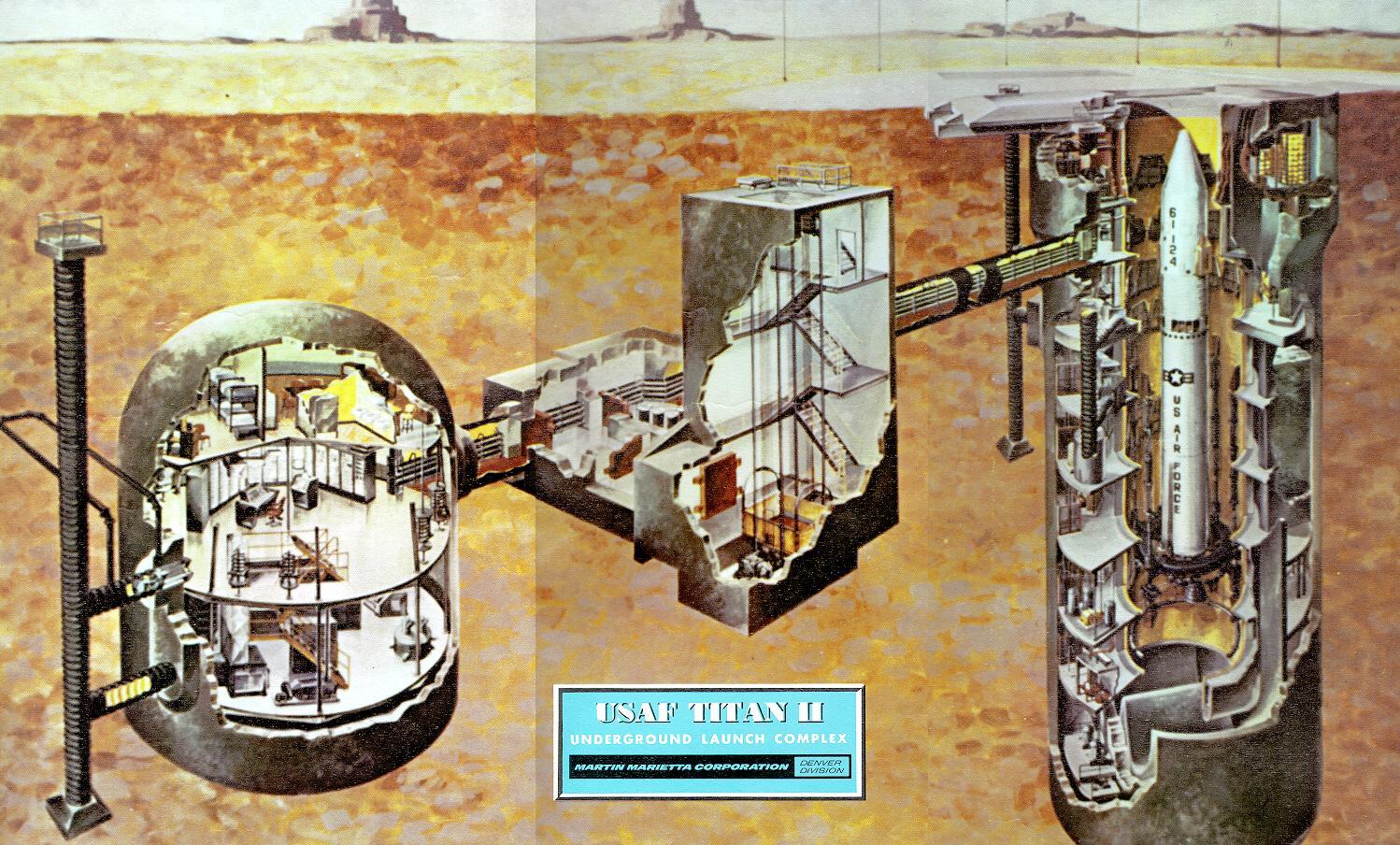
While the owner had wanted to open an RV park on the 15-acre parcel, and rehab the lower half, his wife’s death changed his plans. Left inside: a newspaper from 1984, documentation from commanders to the officers, and a Pepsi! The site also has a well and electricity. The upside to its untouched status? This place is a time capsule. “He wanted to rebury it to prevent vandalism” and unwanted guests, according to Hampton. The site is currently buried, because the owner lives out of town and can’t monitor it. Entry to the missile siloĮxplosive attributes: Decommissioned in 1984, it hadn’t been accessed by the current owner until 2016, when he dug 35 feet down with an excavator into the facility. Now the ranch is selling some of its holdings, including this missile silo. “They didn’t want anyone to have the property, and wanted to expand the ranch,”he says. The current owners operate Falcon Valley Ranch, which is near this site. The silo was purchased in the mid-’80s from the government, he continues. And the paint isn’t peeling,” Hampton says.

It “is connected to city water, and interiorwise, it still has the old fixtures, conduit, and duct work. The listing states it’s in “extraordinary condition.” Let’s dig into both of the silos available right now.Įxplosive attributes: This complex comes with 11.78 acres and panoramic views of the Rincon and Dragoon mountains. Valhalla is a decommissioned Atlas-F hardened nuclear missile silo located near Abilene, Texas. Now interest in these underground Cold War relics as private property is red-hot. “I think when they decommissioned them, they thought no one would step in them ever again,” Hampton says. “All the Titan II complexes were built to the same standards and layout,” he explains. “It’s pretty rare that one comes up, let alone three in about a three-month period,” Hampton says. These facilities played a crucial role in the Cold War until removed from active service in 1965, replaced by the more advanced Titan II and. The remaining one is now part of a museum. Each complex consisted of three missile silos controlled by a single launch center and supported by a network of underground fuel storage tanks, equipment terminal, antennas, and connecting tunnels. Fifty-three of the sites were shut down, partly demolished, and sealed shut. In the 1980s, the Titan II program was deactivated. Accessed by elevators and staircases and equipped with escape hatches, the facilities now need to be completely rebuilt. Originally designed for a 10-year deployment, the missiles stayed in operation for some 24 years, and had to be monitored around the clock, with personnel eating, sleeping, and working on-site. Built in the 1960s during the Cold War, these secret silos existed in three states: 18 apiece in Arizona, Arkansas, and Kansas.


 0 kommentar(er)
0 kommentar(er)
